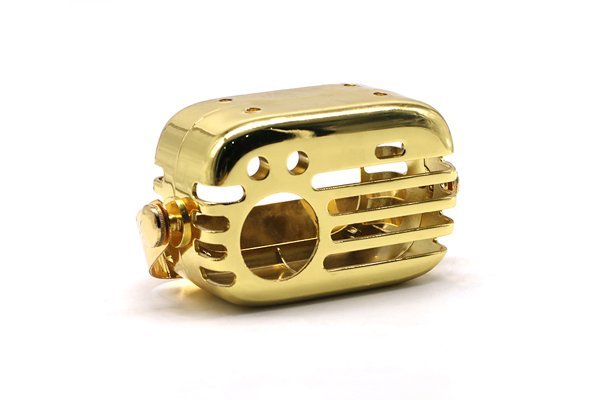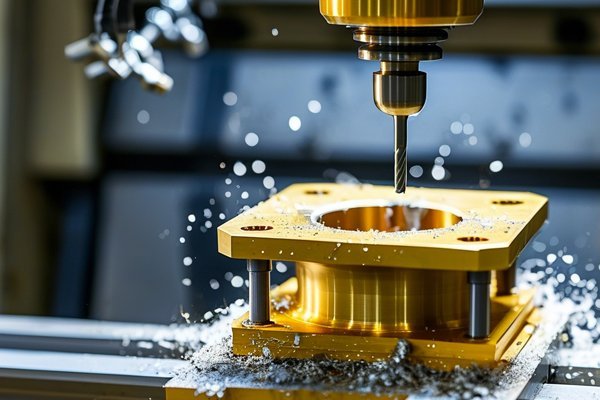Did you know that corrosion costs the U.S. economy over $300 billion annually? That staggering statistic underscores the critical importance of material selection in manufacturing and engineering processes. Amongst various materials, stainless steel is renowned for its corrosion resistance, particularly 321 stainless steel. In CNC machining, understanding how the corrosion resistance of 321 stainless steel is reflected in the machining process can lead to better product quality, increased longevity of components, and ultimately, significant cost savings. This blog explores the intricate relationship between the corrosion resistance properties of 321 stainless steel and its implications for CNC machining, providing you with an in-depth understanding and practical solutions for your machining needs.
What is 321 Stainless Steel?
321 stainless steel is an austenitic stainless steel that contains titanium to stabilize the structure against sensitization and intergranular corrosion. It holds a unique composition with around 18% chromium, 9% nickel, and 2.5% titanium, making it particularly resilient in high-temperature applications. Its primary characteristics include excellent resistance to oxidation, high tensile strength, and good weldability, which allow it to thrive in challenging environments—making it an ideal choice for various industrial applications, including aerospace, chemical processing, and oil refining.
Corrosion Resistance in Focus
Corrosion resistance is crucial for ensuring the durability and integrity of components exposed to hostile chemicals or extreme temperatures. 321 stainless steel stands out due to its excellent resistance to both oxidation and corrosion, facilitating its use in applications where other materials may fail.
CNC Machining of 321 Stainless Steel
CNC (Computer Numerical Control) machining refers to the use of computerized controls to operate machinery, ensuring precision and repeatability in manufacturing processes. Machining of 321 stainless steel involves several factors, from tool selection to cooling techniques, all of which can significantly impact the corrosion-resistant properties of the finished product.
Machining parameters like cutting speed, feed rate, and depth of cut are critical in minimizing thermal stress on the workpiece and maintaining the integrity of the corrosion resistance.
Choosing the right tool material, geometry, and coating is crucial to avoid damaging the stainless steel’s protective layer. Common tooling materials include:

The application of coolant and lubricant can play a significant role in minimizing thermal deformation and prolonging the life of both the tools and the workpiece. Here are some guidelines to follow:
Addressing Common Challenges in CNC Machining of 321 Stainless Steel
Despite its many advantages, CNC machining of 321 stainless steel poses some unique challenges that must be adequately managed.
In machining 321 stainless steel, tool wear is a significant concern due to the material’s strength and toughness. Regular monitoring of tool conditions and implementing proper tool-change schedules can mitigate these risks.
Achieving an optimal surface finish can be challenging but is vital for maintaining corrosion resistance. Techniques to address surface finish quality include:
Excessive heat during machining can lead to surface oxidation and impact the corrosion resistance of the finished component. Applying effective cooling methods can aid in managing thermal deformation.
Regular inspection and quality control measures are essential in verifying that the corrosion-resistance properties are maintained throughout the machining process. Implement techniques such as:
Understanding the corrosion resistance of 321 stainless steel and how it impacts CNC machining is crucial for manufacturers looking to produce high-quality, durable components. By applying appropriate machining parameters, selecting the right tooling and lubricants, and addressing common challenges, manufacturers can maintain the integrity of this metal’s protective properties while ensuring the final product meets industry standards.
The advanced characteristics of 321 stainless steel offer significant advantages in various applications. As industries continue to evolve with technological progress, material selection will remain a key focus, affecting both operational efficiency and cost-effectiveness. Thus, investing time to understand these materials and their handling in CNC machining is not only wise—it’s essential.
In brief, this blog provides essential insights into the successful machining of 321 stainless steel, outlining techniques and strategies that ensure optimal performance while preserving its renowned corrosion resistance. As you forge ahead in your machining endeavors, remember that informed decisions can make all the difference in the performance and longevity of the components you produce. It’s essential to think critically about these factors—your work could significantly contribute to reducing corrosion costs and improving engineering efficiency in your industry.






